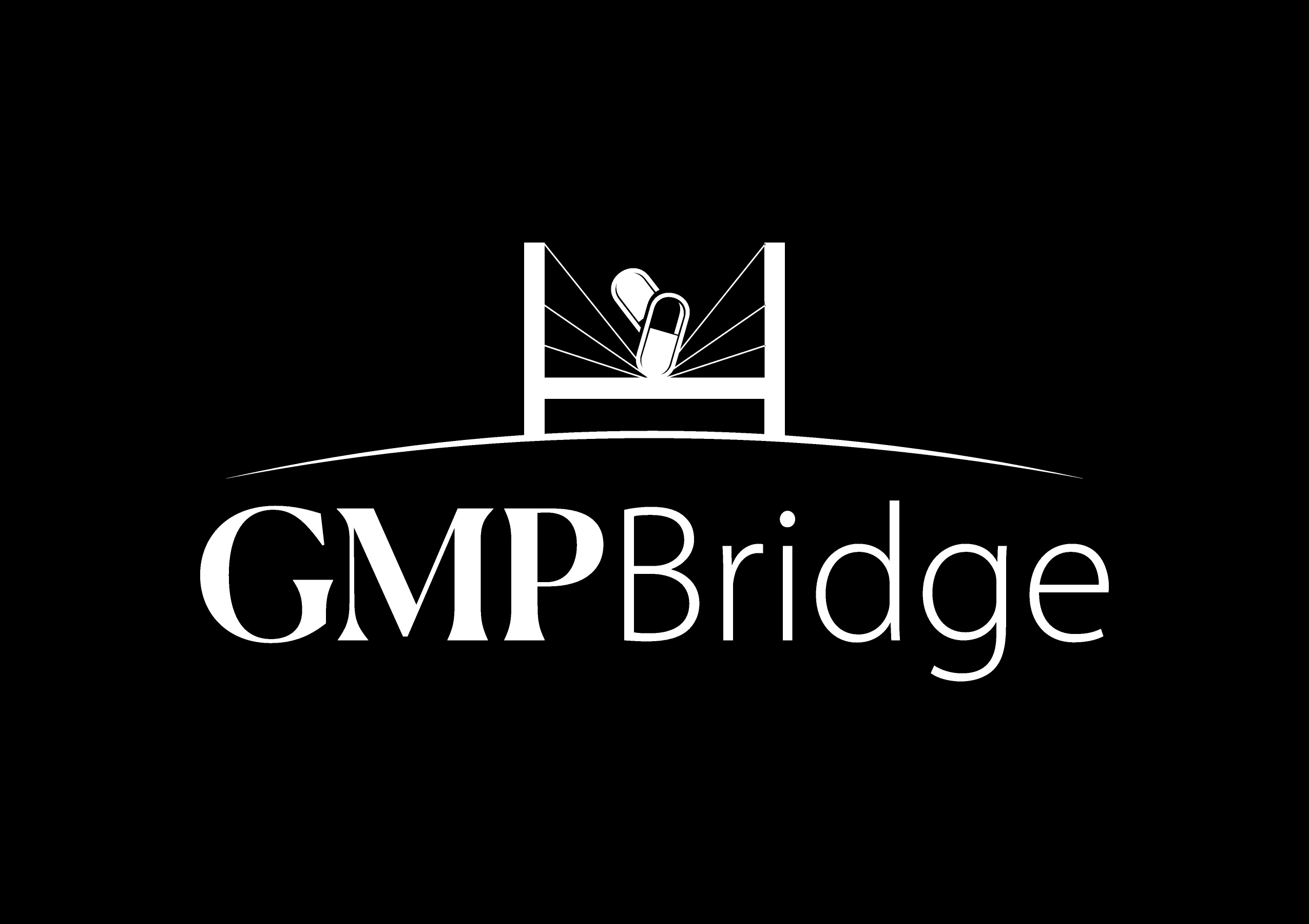In biopharma, delayed batch release is more than an operational frustration — it’s a red flag for systemic quality issues. Yet many leaders misdiagnose the problem. They hire more reviewers, tweak templates, or push teams harder. The result? Timelines stay long, morale drops, and compliance risk increases.
At GMP Bridge, we’ve seen this pattern across sterile injectables, biologics, and ATMP sites. The truth is simple: batch release time reduction in biopharma only works when you address the system, not the symptoms.
Why Release Delays Hurt More Than You Think
Slow release isn’t just about numbers on a dashboard. It directly affects:
- Working capital: Batches sit in quarantine, tying up millions.
- Client trust: Strategic partners doubt your ability to deliver.
- Margins: Late deliveries trigger financial penalties.
- Focus: QA and QPs spend more time firefighting than preventing problems.
The longer timelines persist, the more credibility your Quality team loses.
❌ Mistake 1: Treating It as a Resource Problem
The instinct is to hire more QA reviewers. But if deviations are poorly investigated, adding reviewers just means reviewing more bad documentation.
❌ Mistake 2: Overengineering the MBR
Complex batch records are meant to prevent errors. In reality, they often create them. Overloaded MBRs slow down review cycles and confuse operators.
❌ Mistake 3: Ignoring the Role of QPs
Too often, Qualified Persons act as late-stage signers instead of upstream quality partners. By the time they see a batch, risks have already accumulated.
❌ Mistake 4: Chasing Metrics Instead of Root Causes
Leaders push teams to “go faster” or close CAPAs quickly. But if root cause analysis is weak, deviations repeat — and timelines stretch even further.
Each of these missteps explains why so many attempts at batch release time reduction in biopharma fail.
The System Approach That Works
True change comes from redesigning the process. In our experience, successful programs include:
- Simplifying MBRs: Aligning documentation with real shop-floor practices.
- Strengthening investigations: Coaching teams on root cause analysis and CAPA effectiveness.
- Digitizing wisely: Using hybrid tools to replace the worst paper bottlenecks.
- Engaging QPs earlier: Giving them visibility before final release to influence quality upstream.
- Cross-functional governance: Ensuring QA, QC, Production, and QPs collaborate — not work in silos.
The result is not just faster timelines but fewer deviations, higher compliance, and stronger team morale.
Lessons from the Field
In one project with a sterile injectables manufacturer in Germany, average release time was 25 days. By redesigning processes around the system — not the symptoms — timelines dropped to 15 days in just 9 months.
More importantly:
- Repeated deviations decreased.
- CAPAs drove real behavioral change.
- Client confidence improved.
- Regulatory risk went down.
This case showed how batch release time reduction in biopharma delivers value far beyond timelines.
How GMP Bridge Supports Batch Release Optimization
Our team at GMP Bridge has led optimization projects across Europe and North America. We don’t just advise — we execute.
Our support includes:
- Process mapping of batch release ecosystems
- Redesign of deviation and CAPA systems
- Training QPs and QA leaders for upstream involvement
- Hybrid digital documentation flows
- Cross-functional workshops to build ownership
Because faster release times mean nothing if compliance is compromised.
Frequently Asked Questions
1: What is the main cause of long batch release times in biopharma?
Delays are often caused by weak deviation investigations, overcomplicated Master Batch Records, and late QP involvement — not just lack of resources.
2: How can batch release time reduction in biopharma be achieved without compromising compliance?
By simplifying documentation, improving CAPA quality, digitizing workflows, and engaging QPs earlier in the process. The focus is on system redesign, not shortcuts.
3: Why do many Quality leaders fail to reduce release timelines effectively?
Because they treat it as a resourcing issue, add more reviewers, or push teams harder — instead of fixing systemic inefficiencies.
4: What role do Qualified Persons (QPs) play in batch release optimization?
QPs should be proactive partners in risk decisions, not just late-stage signatories. Their early involvement can significantly reduce delays.
5: Can external consultants help with batch release time reduction in biopharma?
Yes. Senior consultants bring an outside perspective, proven methodologies, and the ability to redesign systems holistically — delivering both faster timelines and stronger compliance.
Final Thought
Batch release time reduction in biopharma is not about more people, faster reviews, or stricter deadlines. It’s about fixing the system.
Quality leaders who understand this transform release from a bottleneck into a competitive advantage. Those who don’t risk losing client trust, regulatory confidence, and business continuity.

